Subtotal: ₦560.00
330uf 16V electrolytic capacitor
₦80.00
The 330µF 16V electrolytic capacitor is a widely used component in electronic circuits for energy storage, filtering, and decoupling applications. It features a cylindrical aluminum can with an electrolyte, offering high capacitance in a relatively small size. This capacitor is ideal for smoothing and filtering applications in power supplies, audio equipment, and various other electronic devices.
Key Features:
- Capacitance of 330µF
- Rated voltage of 16V
- Polarized (positive and negative leads)
- High energy density
- Long lifespan and reliability
- Compact and lightweight design
Technical Specifications:
- Capacitance: 330µF
- Rated Voltage: 16V
- Tolerance: ±20%
- Operating Temperature Range: -40°C to +85°C (varies by manufacturer)
- Ripple Current: Varies by manufacturer
- Equivalent Series Resistance (ESR): Varies by manufacturer
- Dimensions: Typically around 10mm diameter x 16mm height (varies by manufacturer)
- Lead Spacing: Typically around 5mm (varies by manufacturer)
- Type: Electrolytic capacitor
- Mounting: Through-hole or surface-mount
Applications:
- Power Supplies: Used for filtering and smoothing DC output in power supply circuits.
- Audio Equipment: Provides coupling and decoupling in audio amplifiers and other audio circuits.
- Consumer Electronics: Commonly used in TVs, radios, and other electronic devices for various functions.
- Industrial Electronics: Used in control systems, motor drives, and other industrial applications.
- Computer Motherboards: Provides power decoupling and noise filtering in PC motherboards.
Usage:
- Identify the positive and negative leads of the capacitor (the longer lead is positive).
- Insert the capacitor into the PCB, ensuring correct polarity (positive to positive and negative to negative).
- Solder the leads in place, making sure the connections are secure.
- Trim excess lead length if necessary.
- Check for proper operation and capacitance in the circuit.
Caution:
- Ensure correct polarity when installing to avoid damage to the capacitor and circuit.
- Do not exceed the rated voltage to prevent capacitor failure or explosion.
- Handle with care to avoid physical damage to the capacitor body and leads.
- Store in a cool, dry place to maintain capacitor performance and longevity.
In stock
Be the first to review “330uf 16V electrolytic capacitor”
You must be <a href="https://hub360.com.ng/my-account-3/">logged in</a> to post a review.

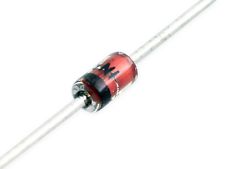
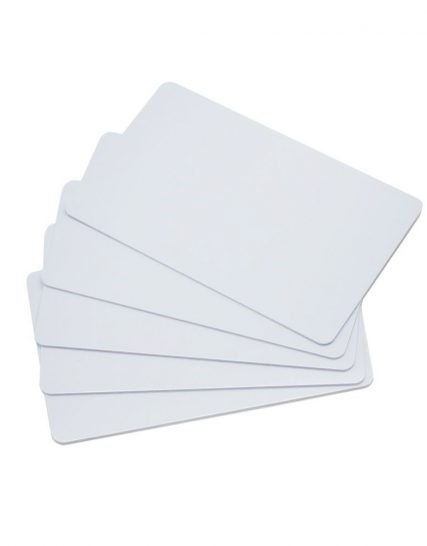
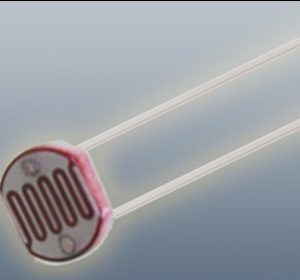
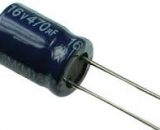






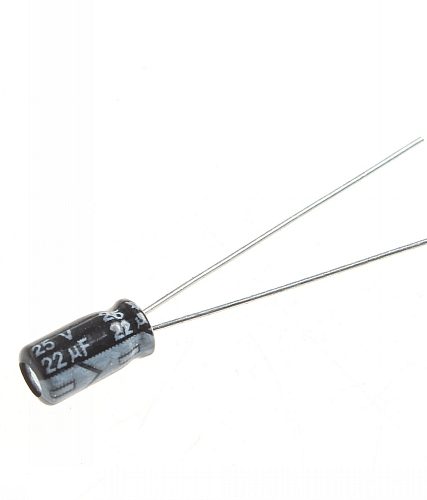

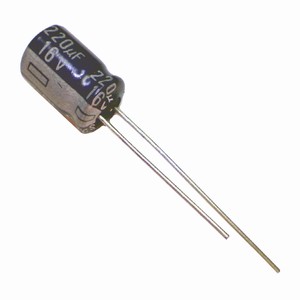
Reviews
There are no reviews yet.